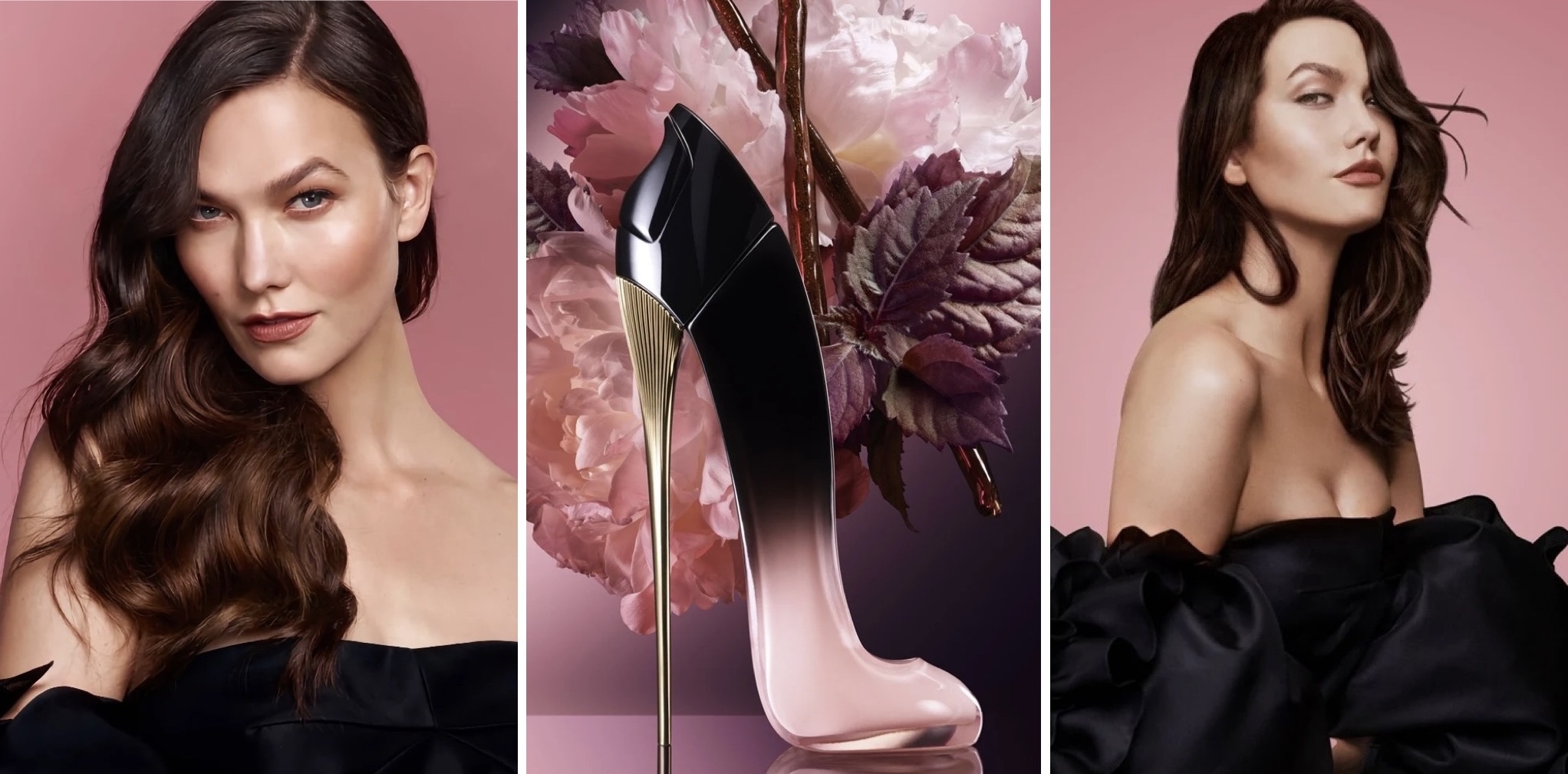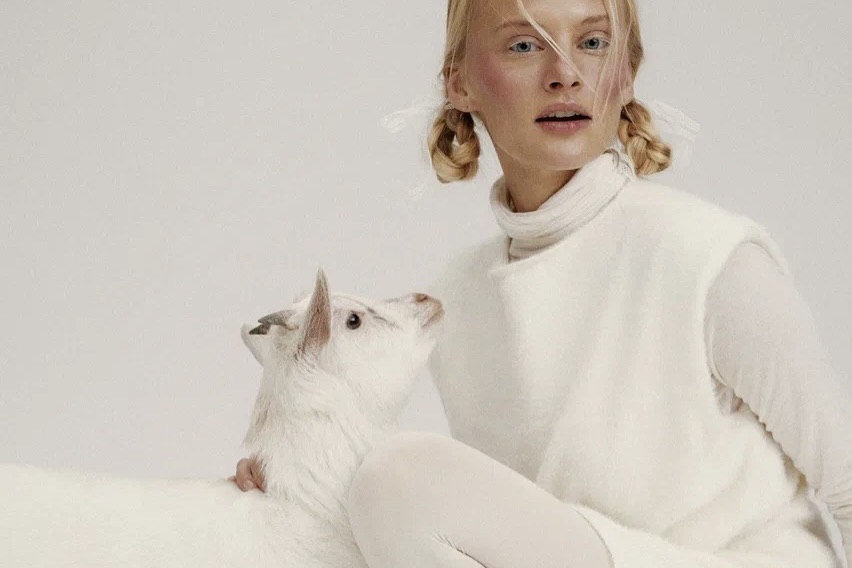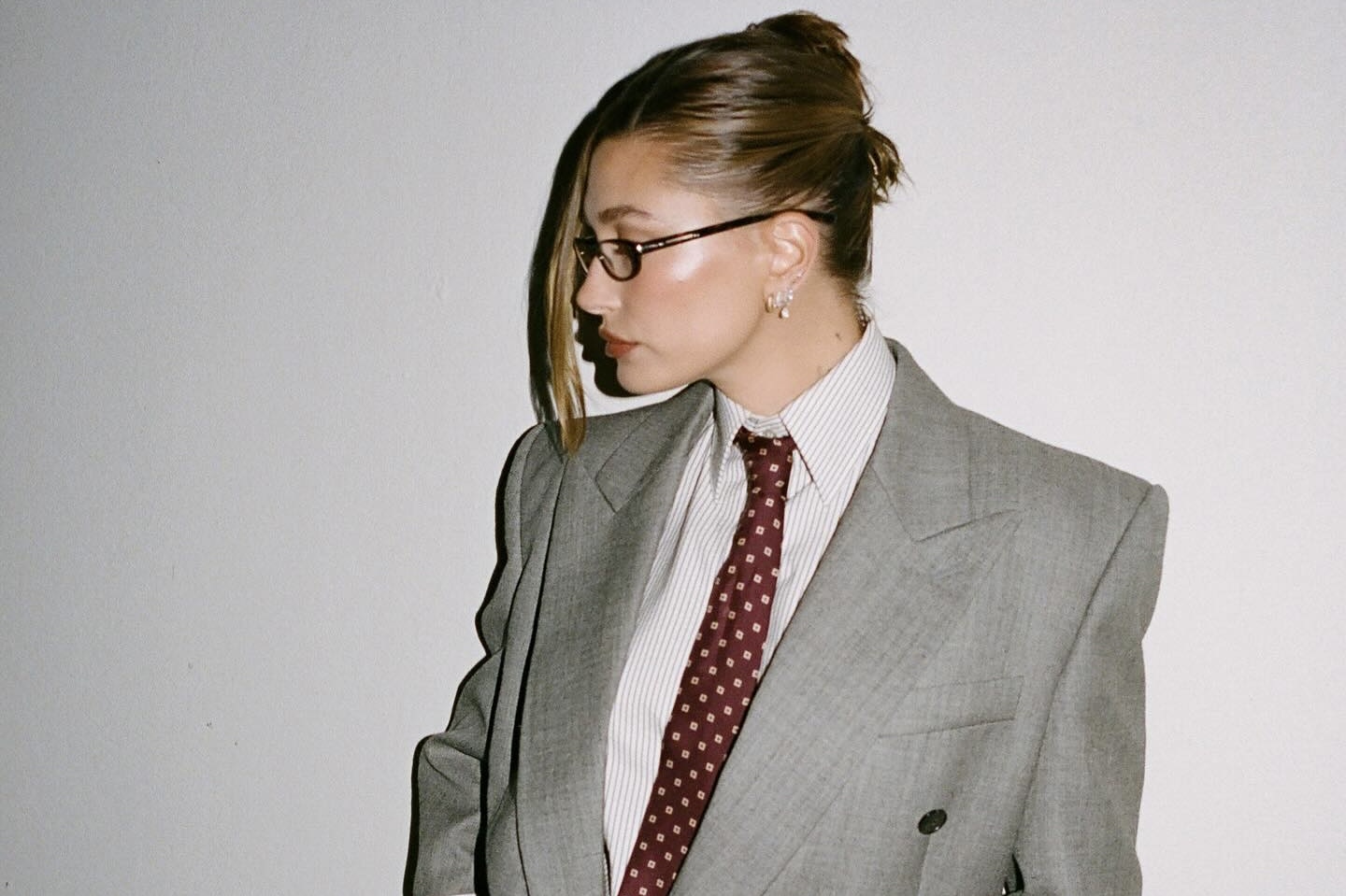Blue in clothes: what it says about those who wear it
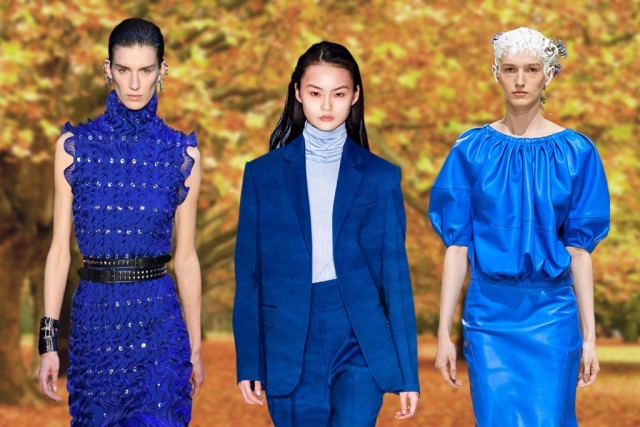
Colors, which we surround ourselves, not only affect our mood and well-being, but also can tell a lot about our character. We continue our "color" investigation. In previous articles, we talked about the psychology and compatibility of red, green and black colors. It's time to talk about the color of the starry sky, the depths of the sea and fresh lakes – the blue one.
Psychology of color
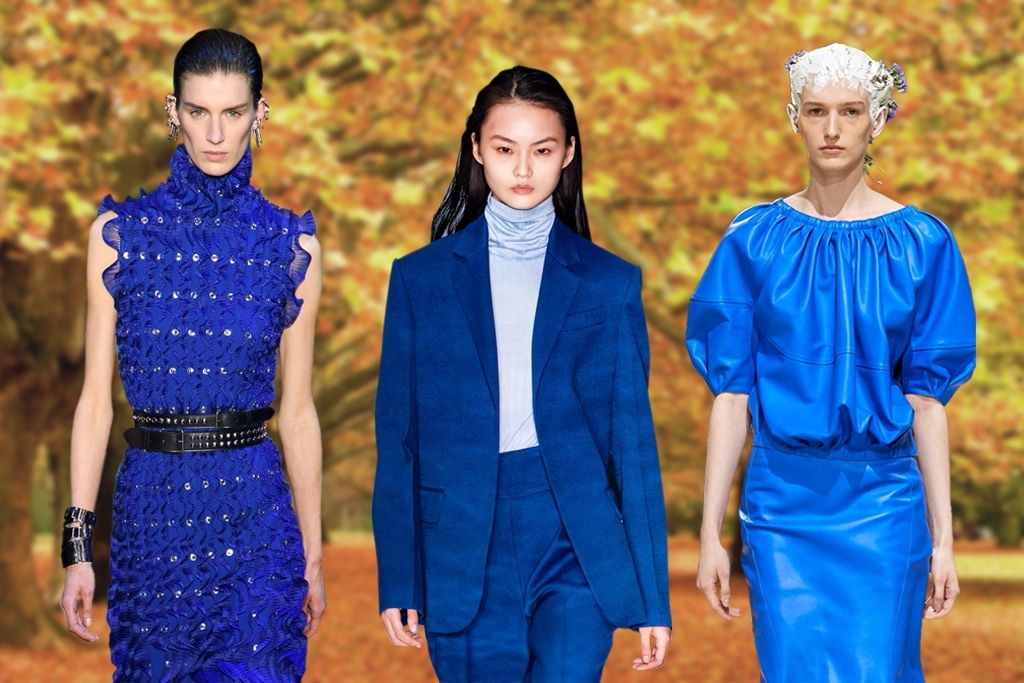 Alexander McQueen spring-summer 2020, Boss autumn-winter 2019, Marni spring-summer 2020
Alexander McQueen spring-summer 2020, Boss autumn-winter 2019, Marni spring-summer 2020
Blue is a "relative" of black, which means that it has both advantages and disadvantages of this color. On the one hand, blue is the color of tranquility, it gives strength and has a healing effect: it’s no coincidence that designers say that it is well suited for the interior of bedrooms. In psychology, it’s believed that if a person's favorite color is blue, then he is reasonable and knows how to keep himself in hand. Such people never loose their selves, they willingly compromise and easily share with others.
But blue has a downside. So, according to psychologists, fans of blue can be prone to depression, melancholy and isolation. On the contrary, if a person consciously or subconsciously avoids blue, it may mean that he is restless, seeks constant change, and avoids monotonous and routine work.
What colors are combined with blue
Blue in clothing is a color of compromise, a balance between the style and monotony of black and too bright and pretentious colors. It’s great for office style and casual style. It is unpretentious, and it is easy to choose a good combination with. In addition, the blue color has a huge number of shades, among the variety of which it’s easy to choose the right one, taking into account the characteristics of your color type. Different shades are suitable for different occasions and events. For example, the blue-black color is ideal for a business suit, and the rich Indigo color is suitable for a solemn occasion.
Blue and black
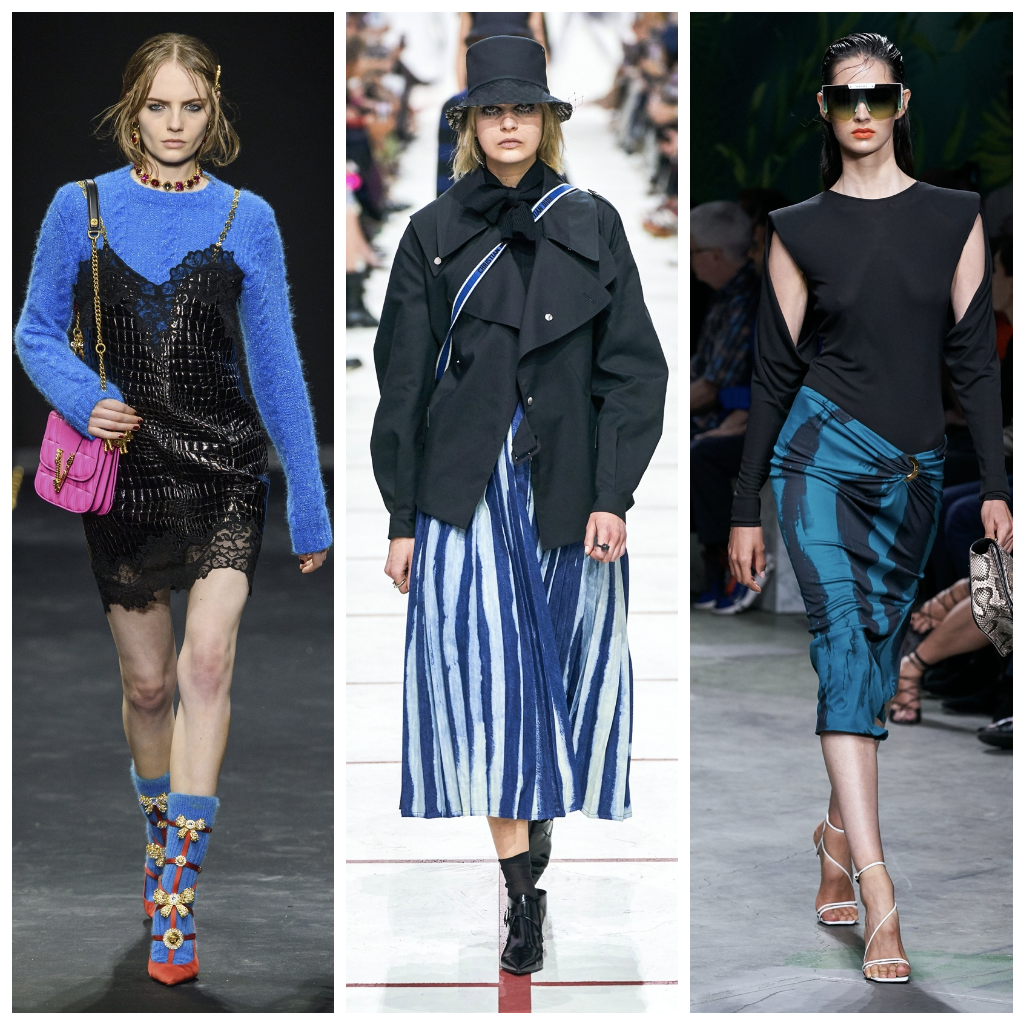 Versace autumn-winter 2019, Christian Dior autumn-winter 2019, Versace spring-summer 2020
Versace autumn-winter 2019, Christian Dior autumn-winter 2019, Versace spring-summer 2020
We have already said that black color is combined with any colors, but in the case of blue you need to be very careful in choosing a shade. Too dark blue can merge with black color if you apply them in one set of clothes: the image will turn out gloomy. Choose more contrasting combinations.
Blue and blue
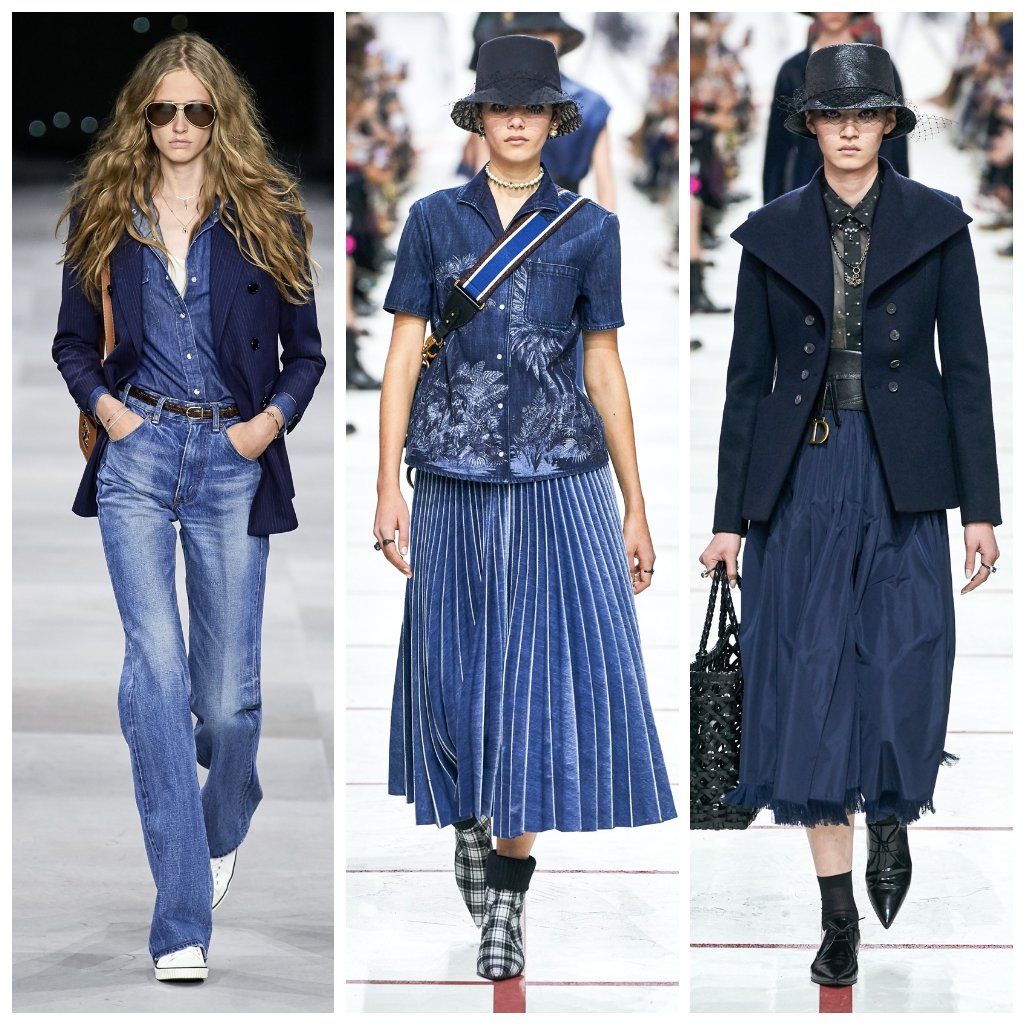 Celine spring-summer 2020, Christian Dior autumn-winter 2019, Christian Dior autumn-winter 2019
Celine spring-summer 2020, Christian Dior autumn-winter 2019, Christian Dior autumn-winter 2019
The blue shades are combined perfectly among themselves. Pay attention to the Celine look, which is dominated by blue, but due to the use of different shades, the outfit looks harmonious.
Blue and white
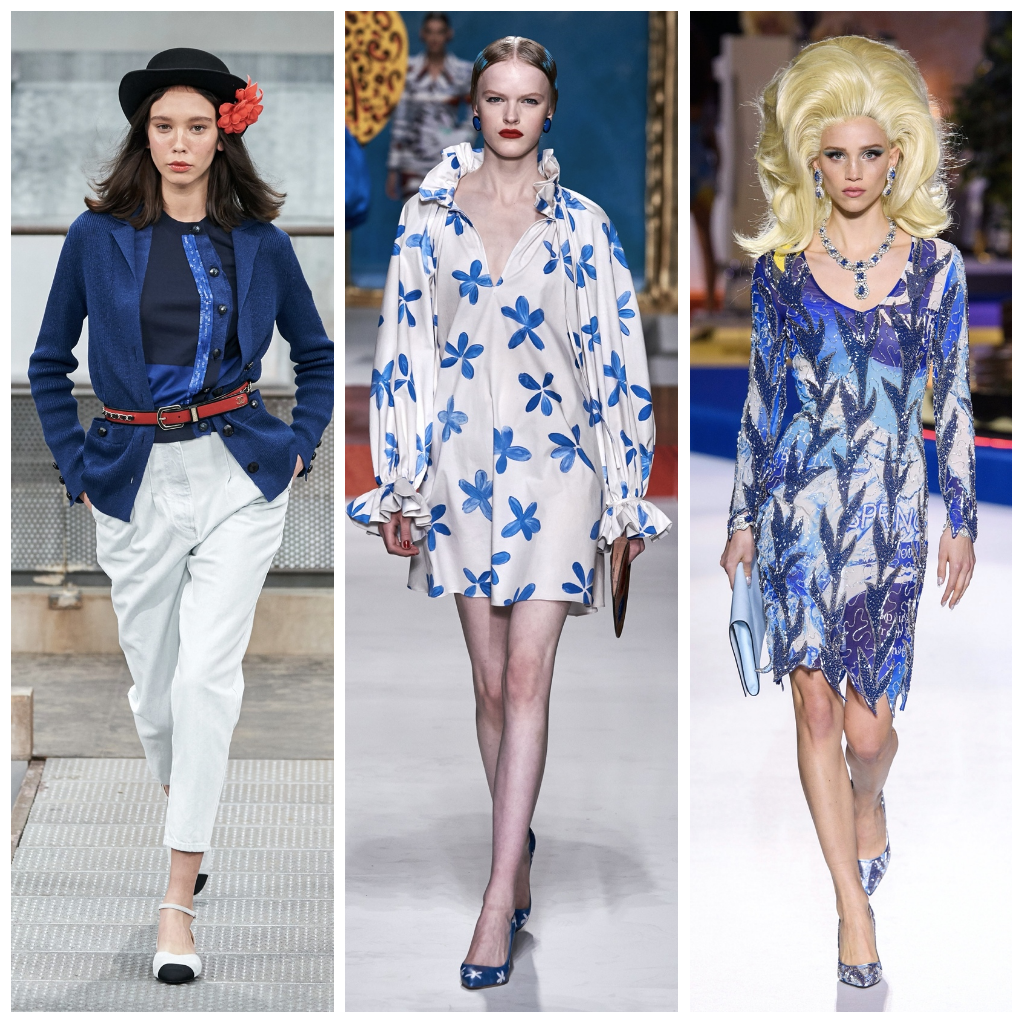 Chanel spring-summer 2020, Moscino spring-summer 2020, Moscino autumn-winter 2019
Chanel spring-summer 2020, Moscino spring-summer 2020, Moscino autumn-winter 2019
This is one of the most organic combinations in our selection. The white color makes blue shades more vivid and juicy. Also, note how summer and festive prints in white and blue colors look.
Blue and grey
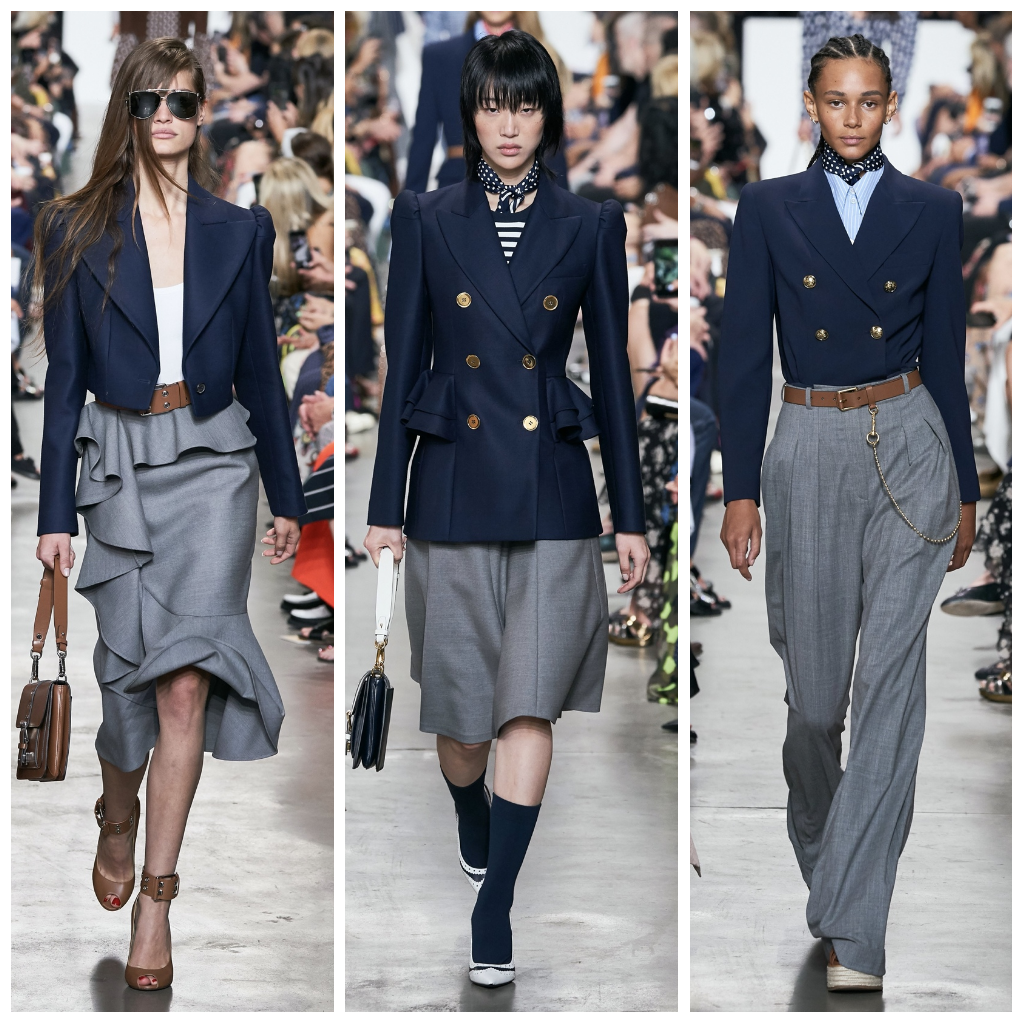 Michael Kors spring-summer 2020
Michael Kors spring-summer 2020
Very calm and concise combination that can be safely adapted to the office style. As an example, there’re several images from the Michael Kors’ show.
Blue with green
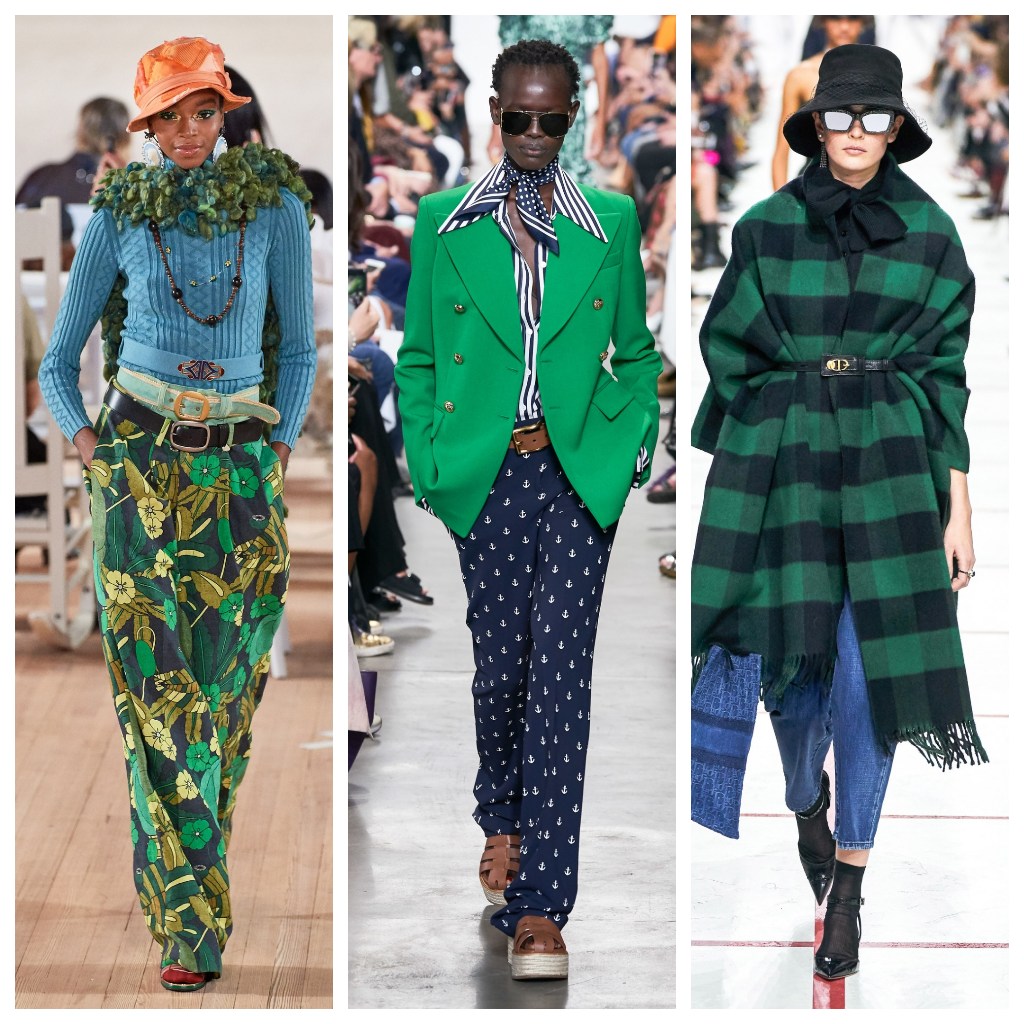 Michael Kors spring-summer 2020, Marc Jacobs spring-summer 2020, Dior autumn-winter 2019
Michael Kors spring-summer 2020, Marc Jacobs spring-summer 2020, Dior autumn-winter 2019
If green combined with blue looks too bright, then dark blue combined with more muted shades of green look not so catchy. Pay attention to how organically dark blue in combination with green looks at Michael Kors’ – the resulting image looks restrained and suitable for business meetings. Blue jeans in combination with a dark green cape at the Dior show look laconic, too.
Blue and red
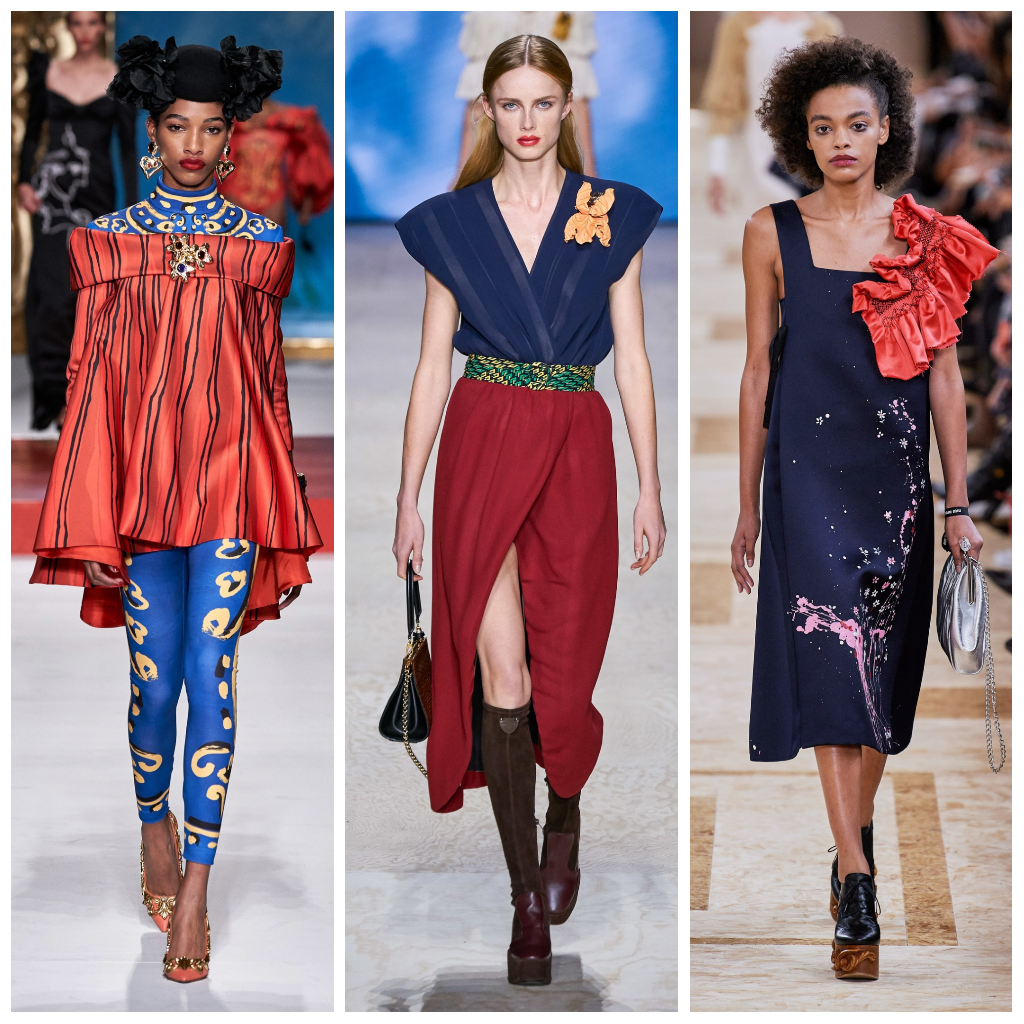 Moschino spring-summer 2020, Louis Vuitton spring-summer 2020, Miu Miu spring-summer 2020
Moschino spring-summer 2020, Louis Vuitton spring-summer 2020, Miu Miu spring-summer 2020
This combination is not the easiest one. Too active red color may conflict with a rich blue. This will create a visual effect, as if the figure is divided into parts. Try to use blue only in combination with muted red. Another option: red can act as an accent in a dark blue clothing set.
